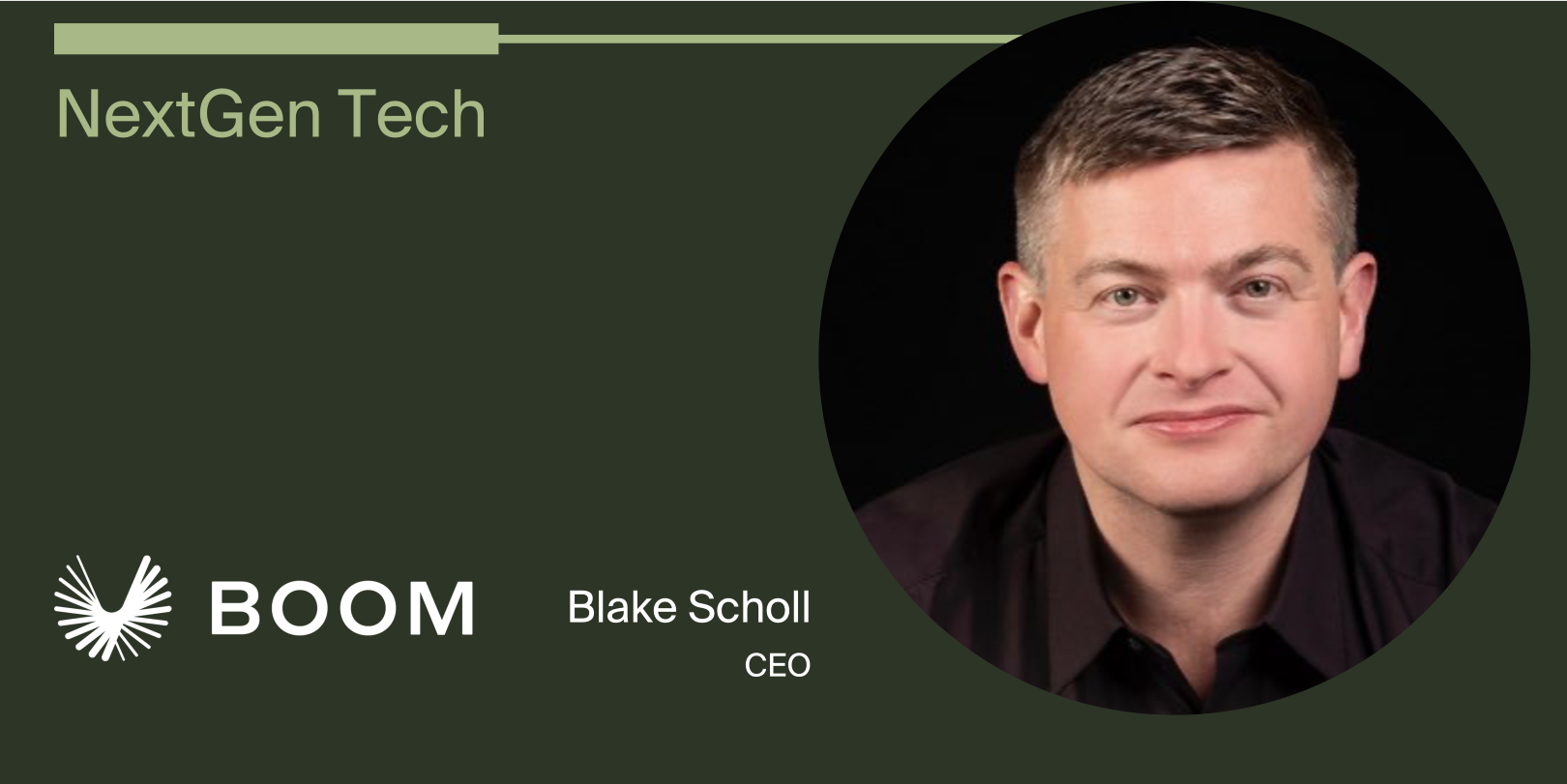More than Meets the Eye: Examining Industry Transformers
More than Meets the Eye: Examining Industry Transformers

If a time traveler from the last century visited our world today, they would be stunned by the ways in which technology has permeated our lives and created entirely new industries.
Information can be accessed instantly by a device we carry in our pockets; virtual video game worlds can be created with an astonishing level of realism; and an entire human genome can be sequenced for less than $1,000. Smart phones, virtual gaming, genomics – these are examples of industries propelled forward directly by scientific and engineering advancements.
Of course, there remain many industries which have not seen this kind of transformation, where our intrepid time traveler would still feel somewhat at home. It’s not as if these industries have been untouched by technology. Rather, they are areas where a skilled operator, using the methods and technologies of decades past, could still compete with modern companies.
It is within these areas – largely stagnant industries, newly enabled for rapid technology uptake – where Celesta Capital looks for companies poised to upend the status quo.
When gauging whether an industry has undergone true tech “transformation,” it’s helpful to consider: would a practitioner from 50 or 100 years ago recognize anything among today’s systems and practices? Or has the product itself and/or its production been completely reimagined?
So, what underpins the technological transformation of industries? Upon close examination, there are common preconditions that often underpin a sector’s transformative tech-cycle shift:
- Overcoming a historical reticence to rely on technology in replacing time-worn, complex processes
- Breakthroughs within adjacent industries advancing the capabilities of underlying enabling technologies
- Globalization altering the relative prices of input components
When these factors align within an industry, along with an inflow of entrepreneurs and capital investment, technological innovation is primed to take off. It is within these areas – largely stagnant industries, newly enabled for rapid technology uptake – where Celesta Capital looks for companies poised to upend the status quo.
Supersonic flight and Celesta portfolio company Boom Supersonic represent one great example. While commercial supersonic flight was a reality as early as the 1970’s and the Concorde fleet operated for decades with high reliability, the nearly 20x development cost overruns and thin eventual operating profits prevented supersonic flight from scaling. It’s been 53 years since the first flight of the Concorde and still we have not had a new commercial supersonic program. (For comparison, it only took 65 years between the first flight of the Wright Brothers and the Concorde debut.)

Boom is about to change this. The last several decades have seen massive improvements in key technologies – including advanced materials, additive manufacturing allowing for custom parts, and high-performance computing that enables performance simulation, among many others. It requires this kind of advancement in underlying technologies, along with the bold vision of companies like Boom, to challenge the status quo.
Industry transformers can take many other forms as well. Take fertilizer, for example. In the 19th and early 20th Century, farmers in the U.S. and Europe relied upon ever-increasing quantities of manure for the fixed Nitrogen fertilizer required to increase crop yields and support population growth. The advent of the Haber-Bosch process changed everything by pioneering an industrial process to create artificial nitrogen – an innovation whose commercialization was only made possible by technology transfer from the synthetic dye industry of all places. It is estimated that the ability to feed the world would be reduced by one-third to one-half had this innovation not happened.

Calysta is a company working to achieve a transformation similar to the Haber-Bosch process’ impact on global agriculture. Calysta has pioneered a patented fermentation platform which converts carbon and energy into proteins that can be used in the production of feed for fish, livestock, and even ingredients for human food. Their process uses no animal or plant material and offers a pathway to producing protein with net zero carbon. The potential impact on sustainable agriculture and food security is astounding.
As we look ahead, many industries that have seen limited technology adoption to date are appearing increasingly ripe for transformation. One such sector is building construction. Despite the rise of technologies like software planning tools or wearables, construction is still largely done as it has been for decades. Most single-family homes in the U.S. are still stick-built on-site by a team of subcontractors managed by a general contractor. It is perhaps unsurprising then that labor productivity growth in construction has averaged only 1% per year for the last two decades, far below that of the overall economy. As attitudes about technology adoption have changed and advancements have been made in software, material science, and manufacturing, home construction is primed to undergo a significant shift. Slate.ai, developer of a digital virtual assistant for construction managers, is just one example of an emerging construction tech company driving this shift.
Similarly, solid waste management looks strikingly similar now as it has for decades. Most waste in the U.S. is collected home by home, aggregated to transfer stations, and from there is sent to a traditional landfill. The same can be said for HVAC, many types of resource mining, and others – there are likely dozens of industries big and small that fit this description and will be transformed in the coming years.
Industry transformation on a meaningful scale is never easy or linear. Where some may shy away from this kind of challenge, we are excited to partner with the bold entrepreneurs of today and tomorrow to make the next wave of transformations a reality.








